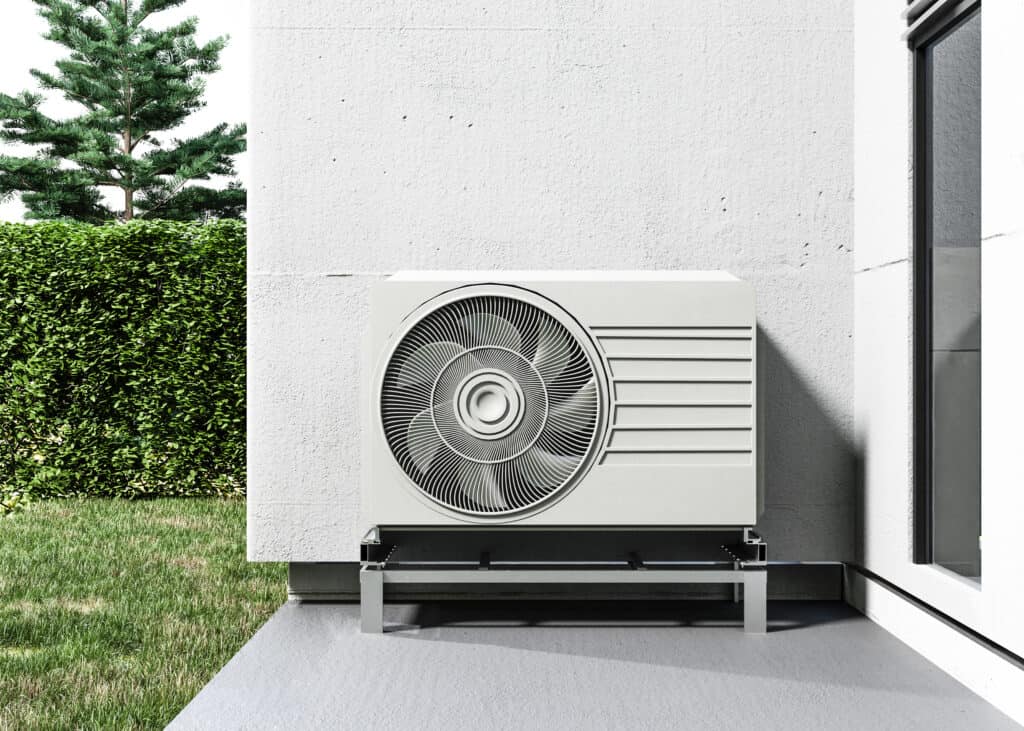A well-maintained furnace is essential for a cozy and comfortable home during the colder months. However, safety should always be a top priority when it comes to your HVAC system. In this guide, we’ll explore 10 furnace safety tips to help you maintain a secure and efficient heating environment. From regular inspections to addressing potential hazards, these tips will contribute to the longevity and reliability of your HVAC system.
What is a Furnace in an HVAC System?
A furnace is a key component of an HVAC system responsible for heating your home. It operates by generating heat and distributing it throughout the living spaces, ensuring a cozy and comfortable indoor temperature. Furnaces come in various types, with the most common being gas, electric, and oil furnaces. Each type has its unique features and advantages, catering to different needs and preferences.
Gas furnaces use natural gas or propane to generate heat, while electric furnaces rely on electrical resistance to produce warmth. Oil furnaces, on the other hand, burn oil to create heat. Regardless of the type, the primary function of a furnace is to raise the temperature of the air, which is then circulated through the ductwork and delivered to different rooms.
10 Furnace Safety Tips for HVAC Systems
Prioritizing furnace safety is crucial for the overall well-being of your home. By following these safety tips, you contribute to a secure and efficient heating system.
1. Schedule Regular Professional Inspections
Regular inspections by HVAC professionals are crucial for identifying and addressing potential issues before they escalate. Professionals can conduct a thorough examination of your furnace, ensuring that all components are in optimal condition. This proactive approach contributes to both safety and efficiency. Regular professional inspections provide peace of mind, knowing that your furnace is operating safely and efficiently.
2. Check and Replace Air Filters
Clean air filters are essential for proper airflow and efficient furnace operation. Regularly check and replace air filters according to the manufacturer’s recommendations. Clogged filters can lead to reduced efficiency and, in some cases, overheating. Maintaining air filters improves indoor air quality, promotes efficient heating, and prevents potential safety hazards.
3. Ensure Proper Ventilation
Proper ventilation is crucial to prevent the buildup of harmful gases, such as carbon monoxide. Ensure that vents and flues are clear of obstructions, allowing for the safe expulsion of combustion gases. Any blockages can lead to the release of dangerous fumes into your home. Clear ventilation pathways protect against the accumulation of harmful gases, maintaining a safe and healthy indoor environment.
4. Install Carbon Monoxide Detectors
Carbon monoxide (CO) is a colorless and odorless gas that can be produced by gas furnaces. Installing carbon monoxide detectors in key areas of your home is a vital safety measure. Detectors can alert you to the presence of CO, allowing for prompt action. Carbon monoxide detectors act as an additional layer of protection, providing early warnings of potential hazards.
5. Keep Combustible Materials Away
Ensure that combustible materials are kept away from the furnace area. Items such as paper, clothing, or other flammable substances should be stored at a safe distance. This precaution reduces the risk of accidental fires. Maintaining a clear space around the furnace minimizes the risk of ignition and potential fire hazards.
6. Check for Gas Leaks
If your furnace operates on natural gas, regularly check for gas leaks. Signs of a gas leak include a distinct rotten egg smell. If you detect such an odor, evacuate your home immediately and contact your gas provider and emergency services. Promptly addressing gas leaks is crucial for preventing potential explosions and ensuring the safety of your household.
7. Test Emergency Shut-off Switch
Furnaces are equipped with emergency shut-off switches for safety. Periodically test this switch to ensure it functions correctly. A properly working shut-off switch can quickly disconnect power in case of an emergency. Regular testing of the emergency shut-off switch ensures a swift response in critical situations, enhancing overall safety.
8. Secure Loose Panels and Covers
Inspect your furnace for any loose panels or covers. Vibrations during operation can sometimes cause these components to become loose. Securing them in place prevents accidents and ensures that the furnace operates as intended. Securing loose panels and covers prevents potential malfunctions and ensures the safe functioning of your furnace.
9. Teach Household Members about HVAC Safety
Educate all household members about basic HVAC safety measures. Make sure everyone is aware of the location of emergency shut-off switches, understands the importance of proper ventilation, and knows what to do in case of a gas leak or furnace malfunction. Empowering household members with knowledge promotes a collective commitment to safety and responsible furnace use.
10. Follow Manufacturer’s Maintenance Guidelines
Adhere to the manufacturer’s maintenance guidelines for your specific furnace model. These guidelines typically include recommendations for regular maintenance tasks, such as lubricating moving parts, inspecting electrical connections, and cleaning components. Following these guidelines enhances both safety and efficiency. Manufacturer-recommended maintenance practices contribute to the longevity of your furnace and ensure that it operates safely and reliably.
Suggested Read: The Top Signs Your HVAC System Needs Repair or Replacement
The Consequences of Neglecting Furnace Maintenance
While furnaces are essential for maintaining a warm and comfortable home, neglecting their maintenance can lead to various issues. Understanding the consequences of inadequate maintenance is crucial for ensuring the longevity and reliable performance of your HVAC system.
- Reduced Efficiency: A lack of regular maintenance can lead to reduced furnace efficiency. Dust and debris accumulation, worn-out components, or clogged air filters hinder the system’s ability to operate at peak performance.
- Increased Energy Costs: Inefficient furnaces consume more energy to produce the same amount of heat. Neglected maintenance contributes to higher energy bills as the system works harder to compensate for reduced efficiency.
- Potential Safety Hazards: Furnaces, especially those powered by gas, pose safety risks when not properly maintained. Issues such as gas leaks, faulty ignition systems, or cracked heat exchangers can lead to hazardous situations like carbon monoxide leaks.
- System Breakdowns: Regular maintenance helps identify and address minor issues before they escalate into major problems. Neglecting maintenance increases the risk of unexpected breakdowns, leaving you without heating when you need it most.
- Shortened Lifespan: A well-maintained furnace can have a significantly longer lifespan compared to one that is neglected. Routine inspections, duct cleanings, and timely repairs contribute to the overall durability of the system.
Conclusion
Prioritizing safety is paramount when it comes to your HVAC system, especially your furnace during the colder seasons. By implementing these furnace safety tips, you not only contribute to a secure home environment but also enhance the efficiency and longevity of your heating system.
At All Seasons Home HVAC, we are dedicated to ensuring your comfort and safety. Contact us for professional HVAC services, from inspections to maintenance, and let our team provide you with reliable solutions tailored to your home’s specific needs. Your safety is our priority, and we’re here to keep your home warm and secure throughout the seasons.




